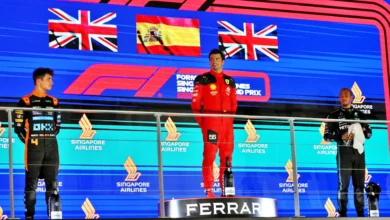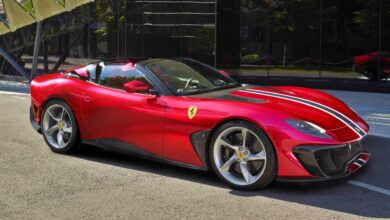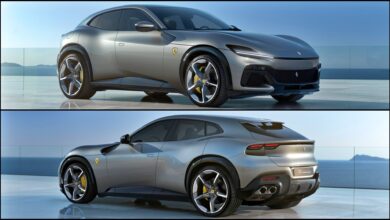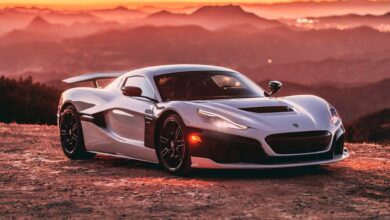
Ferrari has a competitive history full of triumphs and great cars, along with not-so-brilliant moments. Even so, these are the 5 best circuit machines in its history.
Few brands have a racing history as long as that of Ferrari. This means that the Italian brand has built some of the most outstanding models that have stepped on a circuit. Therefore, to remember some of them, today we bring you a list of the 5 best Ferrari racing cars.
Ferrari 250 Testa Rossa
The 250 Testa Rossa elevates itself on a purely statistical basis thanks to its three victories in the 24 hours of Le Mans -1958, 1960, and 1961-, which led Ferrari to win constructors’ titles in those same years. But the TR isn’t just numbered, it’s also more beautiful than almost any other race car.
The best-known Testa Rossas were among the first 34 made and featured ‘pontoon’ bodywork, the front wings of which were an impromptu brake-cooling aid. It was the brainchild of legendary Modenese manufacturer Sergio Scaglietti but, proving unstable at high speeds, a more conventional bodywork was introduced.
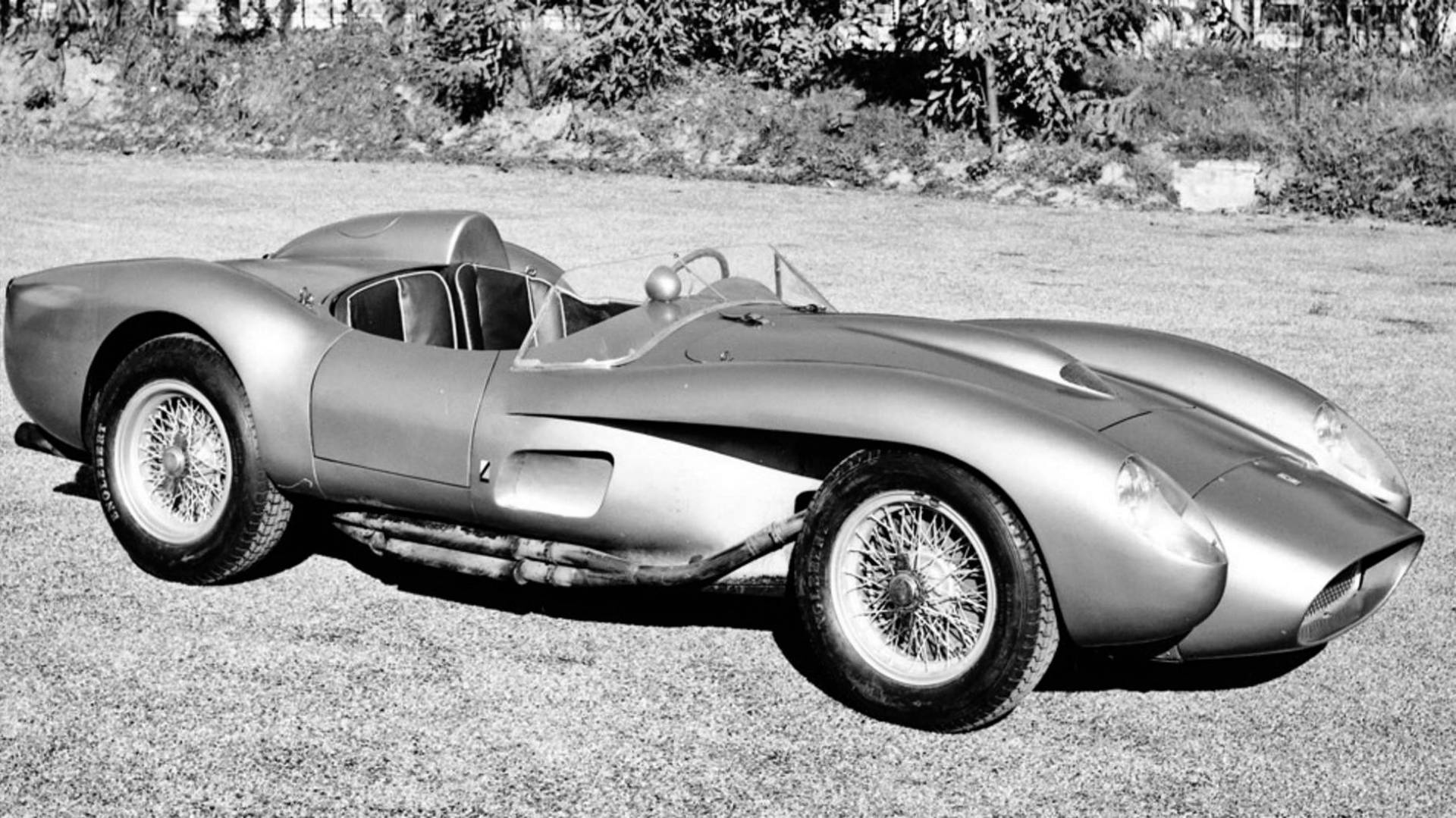
This most acclaimed endurance racing car was initially made do with drum brakes, a robust chassis (although it weighed 794kg), a four-speed gearbox, and a leaf-sprung rear end.
Indeed, the latter was not particularly advanced, even in 1958, but it was effective. Of course, the later cars obtained a De Dion rear axle and more efficient bodies in the aerodynamic section.
Ferrari 156 ‘SharkNose’
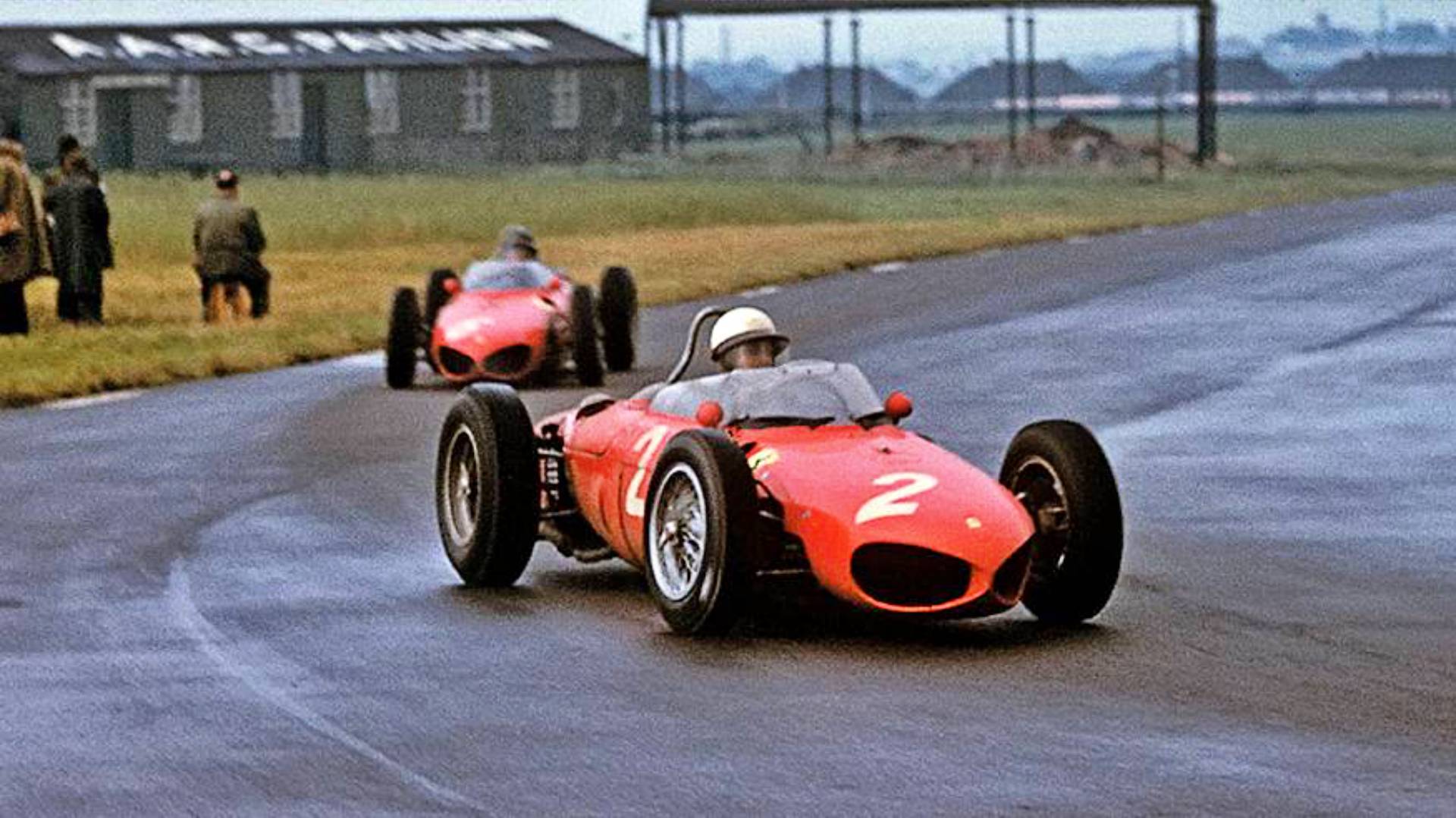
In 1961, new Formula 1 technical rules reduced the engine size from 2.5 to 1.5 liters, and Ferrari entered the fray with the 156 ‘Sharknose’, a car that would go on to win five of the eight Grands Prix of that season.
Engine designer Carlo Chiti had produced a new V6 with a 120° V-angle, allowing it to be placed lower in the chassis to optimize the center of gravity and structural rigidity. It was certainly a smart solution and this translated into good results track.
For example, American driver Phil Hill and his German teammate Wolfgang von Trips each won two races. Also, Italian Giancarlo Baghetti survived a dramatic French GP at Reims, outpointing Dan Gurney and winning. He remains the only driver to win an F1 race on his debut and it was his only time on the top step of the podium.
Ultimately, Hill took the drivers’ championship, but the victory was bittersweet: Von Trips crashed at Monza, killing himself and 14 spectators. The accident may also explain why Enzo Ferrari ordered all 156 destroyed. It is said that some of the parts ended up mixed with the cement for a new factory floor.
Ferrari 250 GTO
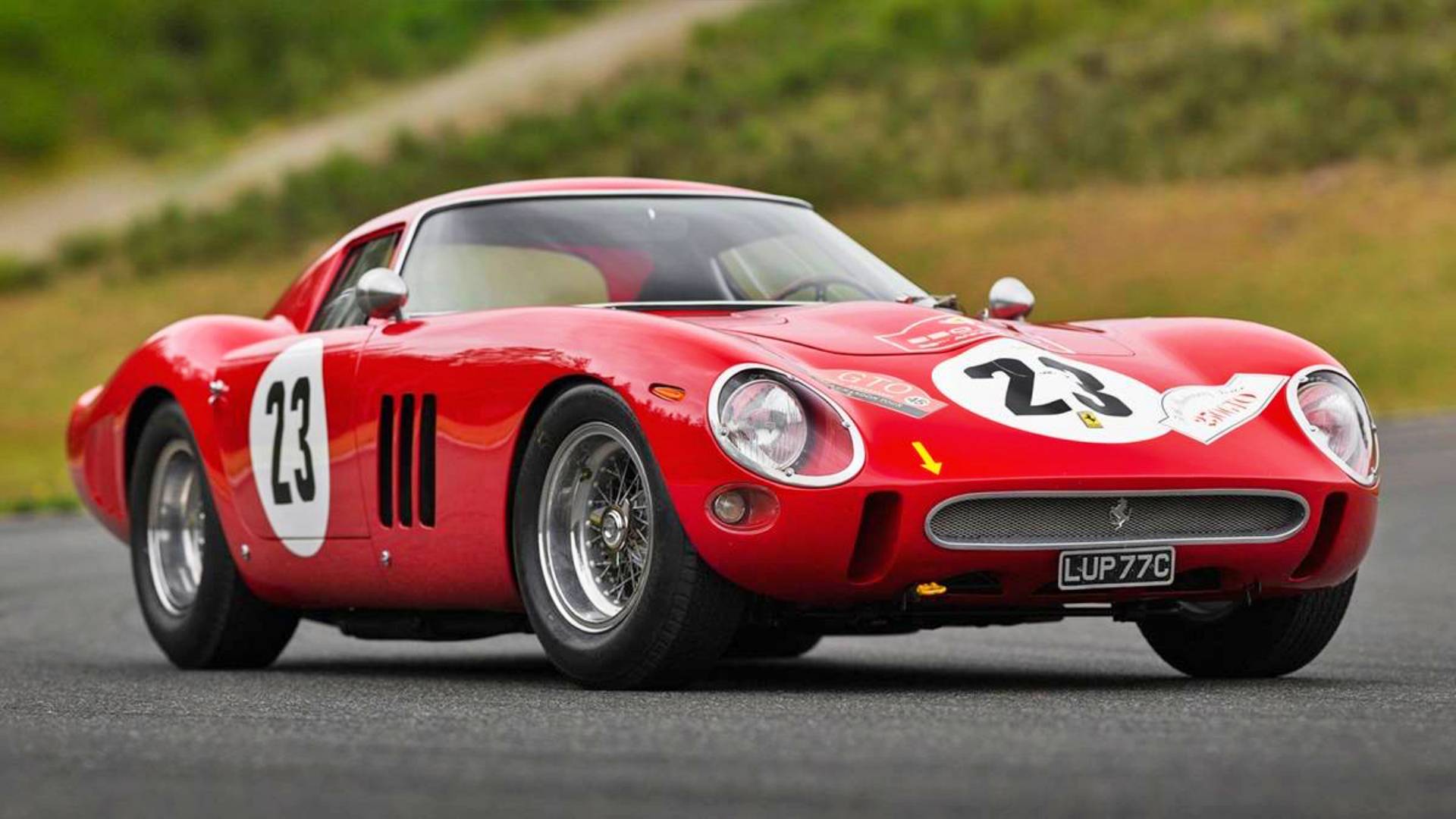
The most famous Ferrari of all began life as a pragmatic response to intensifying competition in the world arena of sports car racing. The chassis was similar to the 250 GT SWB and consisted of a tubular steel frame. In addition, there were updates to key components such as the gearbox, radiator, and fuel and oil tanks.
Most GTOs had two cooling air intakes on the front wings, but some had three. Also, the body was redesigned and tentative aerodynamic changes reduced lift at the front and improved rear downforce.
The project was initially overseen by Giotto Bizzarrini, who was soon to leave the factory during the notorious ‘palace revolution at the end of 1961. In this way, Enzo’s old friend Sergio Scaglietti was given the boss’s task of completing the car.
In general, none of the 36 GTOs made in the first production run from 1962 to 1964 were identical. All the bodies were hand-cast in aluminum on wooden frames by Scaglietti’s craftsmen, so there were many differences: some cosmetic, but others more empirical and engineering-focused. Still, it was and is an exceptional car.
Ferrari 312T
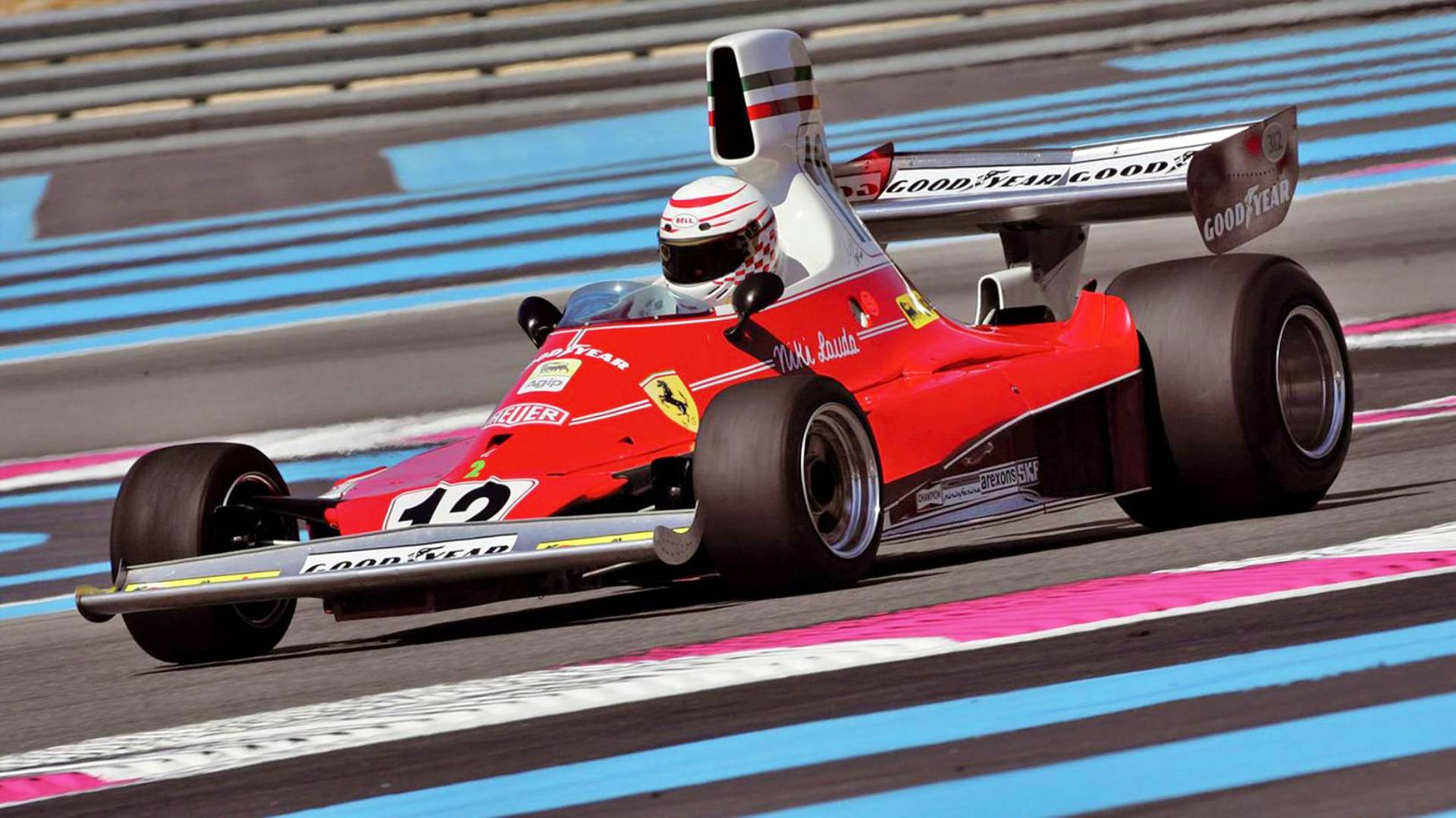
The visually striking Ferrari 312 T made its debut at the 1975 South African GP: the T stood for the car’s transversely mounted gearbox, which substantially improved the car’s handling balance. Even so, this did not bring good immediate results.
Niki Lauda failed to finish higher than fifth in the first four races of the season, retiring at a tragic Spanish GP. Wins eventually came in Monaco, Belgium, Sweden, and the US, while teammate De He Clay Regazzoni triumphed in Italy. Lauda took the driver’s title and Ferrari the constructor’s title, the first since 1964.
The 312 T used an aluminum monocoque chassis and a redesigned suspension system that allowed technical director Mauro Forghieri and his team to narrow the front end, improving its aerodynamic efficiency. In addition, its 12-cylinder engine was reliable and delivered about 505 hp.
As a detail, the distinctive upper air box was prohibited by the new regulations of the 1976 season, the one that Lauda was lucky to survive after his terrifying accident at the Nürburgring. Still, the 312 T would become more conspicuous as it evolved through the 1970s, gaining an unusually wide nose.
Ferrari F2004
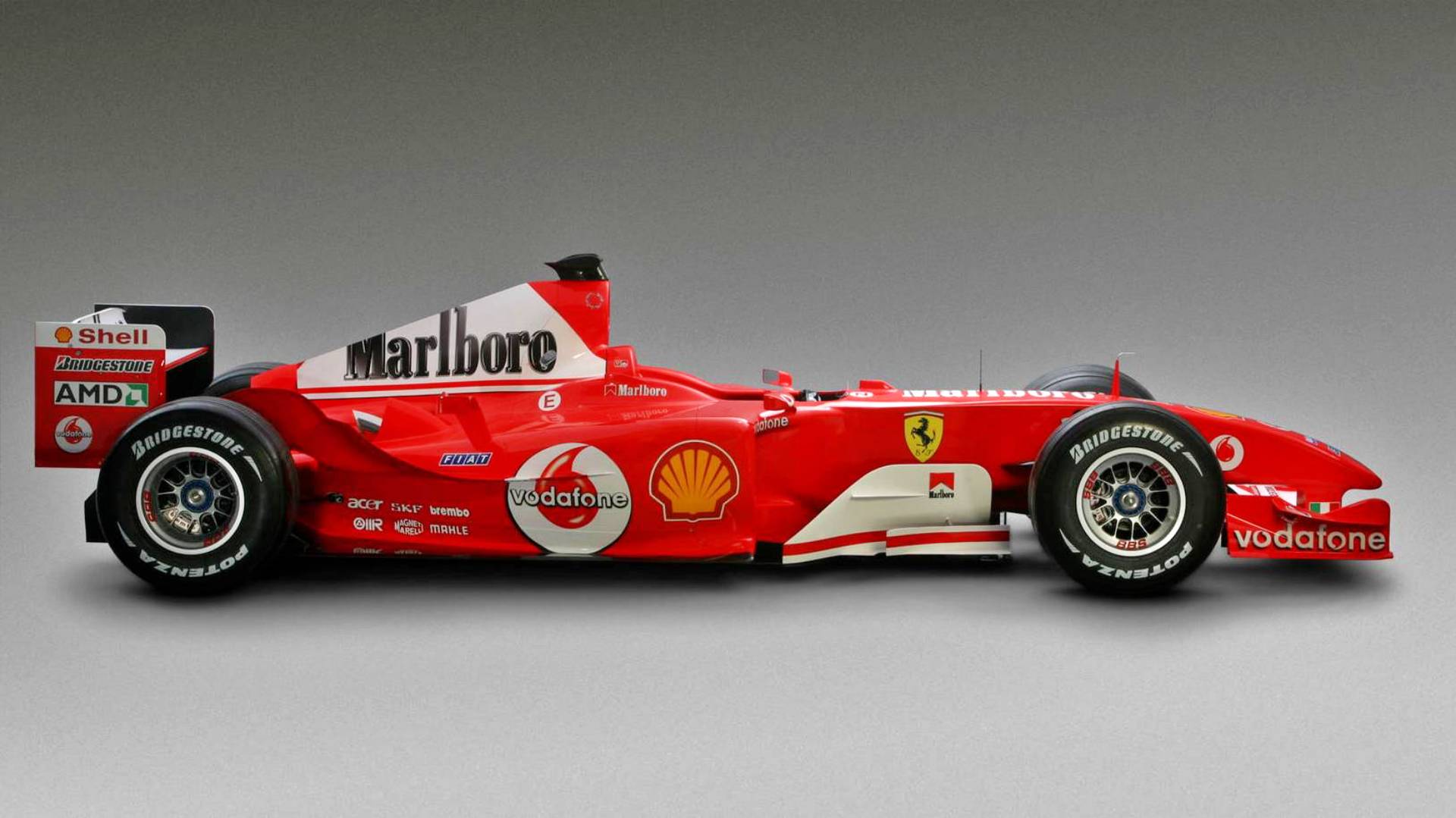
In motorsport, there is a temptation to think that everything in the past was somehow better. However, when it comes to the F2004 of the Ferrari Formula 1 team, it is useless to resist that thought.
It’s not as pretty as 1967 312 or 1990 641, but it was much more successful, a V10-powered masterpiece that took Michael Schumacher to his seventh and last F1 world title. He won 13 of the 18 races that season, with his teammate, Brazilian Rubens Barrichello, taking another two wins.
The F2004’s dominance is somewhat overlooked because it marked the zenith of the Ross Brawn/Rory Byrne/Michael Schumacher era, a triumphant period that produced five consecutive drivers’ and six constructors’ titles. This was a record that invariably led to audience fatigue, even as the Ferrari crew enjoyed themselves.
Interestingly, the nature of the F2004’s Bridgestone tires meant that the Ferrari was not as dominant in qualifying – it only managed 12 pole positions. However, the gurus of car, driver, and strategy all combined to ensure incredible race results. And if we start talking about that engine. Photos; ferrari.com
